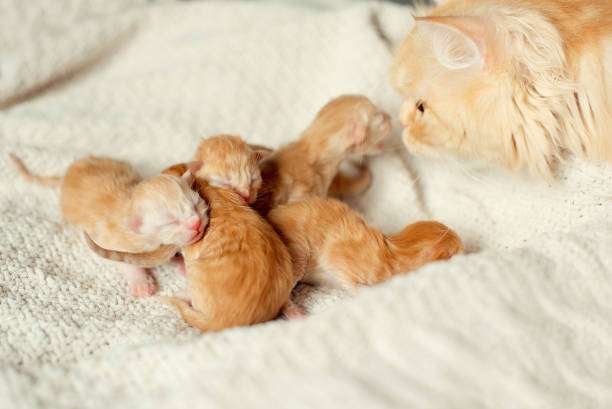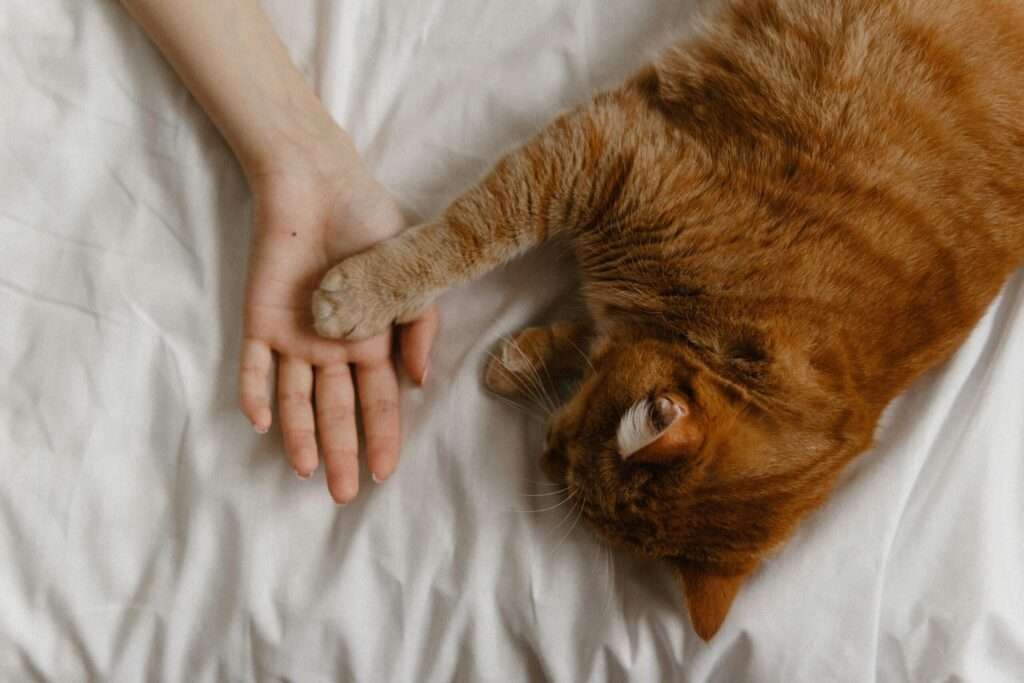Table of Contents
ToggleUnderstanding pet aggression in cats
When cats quickly go from enjoying being petted to nipping or biting, it’s called “petting aggression” or “overexcitement.” This behavior is unique to cats that exhibit a love/hate relationship with pets. A cat that consistently avoids touch may be fearful, while a cat that bites during play is considered “play aggressive” – both separate issues not covered here.
Pet aggression can appear randomly because it seems as if the cat has suddenly changed its mind about the situation for no apparent reason. In fact, most cats give some warning that they are no longer enjoying the attention. Although they initially enjoyed the pet, they found it annoying or uncomfortable.
In one example, specific factors in the situation may cause seemingly “random” reactions (such as your relationship with a colleague, the duration of a hug, or the presence of clients). In the second instance, the same physical sensation can transition from subtle to unpleasant over time. For your cat, both of these factors can cause an aggressive reaction.

Why is my cat like this?
Pet aggression can be understandably frustrating for owners. Especially if you’ve never had a sensitive cat before, it can feel like a personal attack if your cat bites you while you’re trying to show affection.
Cats that enjoy dressing up as long as they are interacting with you are the only ones they know. Every person (humans included) has certain preferences about what they like and don’t like. These preferences may be due to early experiences, recent encounters, or a part of their basic makeup. Each person has a different tolerance level for things they dislike.
Some medical conditions can cause a cat to react badly to touch. Pain or illness can induce sensitivity, as can certain diseases. If your cat hasn’t been to the vet recently or this behavior is changing from the norm, schedule an appointment for a check-up.
The good news is that, to some extent, most cats can learn to be more comfortable with petting and express their displeasure in more appropriate ways.

Navigating Life with a Sensitive Cat : Pet and Communication Tips
If pet aggression is your cat’s way of telling you that they don’t like what you’re doing, the best way to handle it is to learn to recognize your cat’s more subtle signs and stop petting before they scratch or bite. There are many body language cues to watch for:
• Turn their head towards your hand
• Tail or twitch
• Rippling along the back
• Vocals (excluding purring)
• Walk away (or try to).
• Grooming
• Raise a paw
• Touching their stomachs
Punishment: Part of the problem
A common response is to want to punish your cat for biting, but punishment is an ineffective solution to aggression and, unfortunately, can exacerbate the problem. When your cat signals to stop petting, punishment including shaking, scratching or splashing water does not teach them how to communicate their needs. In your cat’s mind, they’ve already given you several warnings and punishment may force them to resort to scratching or biting because that seems to be the only thing to do. Alternatively, it may cause them to avoid you or become fear-aggressive.



